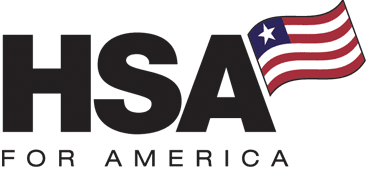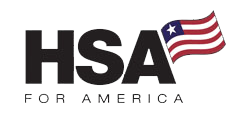Good employee benefit communications can make the difference between a satisfied workforce and a revolving door of frustrated employees.

In today’s competitive job market, clear and transparent messaging is essential. Effective communication helps keep your best talent engaged, happy, and loyal to your organization.
Why Effective Employee Benefit Communications Matter
Employee benefit communications aren’t just about listing perks; they’re about clearly demonstrating their value to your team.
Employees who understand their benefits fully are more likely to feel valued and less likely to seek employment elsewhere.
Your staff might not use the available benefits for several reasons:
- Lack of Awareness: Employees might be unaware of what’s offered due to infrequent or unclear communication.
- Complexity: Complicated benefits packages can overwhelm employees, leading them to avoid engaging altogether.
- Perceived Irrelevance: If employees think benefits don’t align with their needs, they’re unlikely to use them.
- Trust Issues: Past negative experiences can make employees hesitant to explore benefits fully.
Clear, ongoing communications reduce these barriers and ensure your employees utilize and appreciate what’s provided.
Best Practices for Employee Benefit Communications
Here are some effective ways to communicate your employee benefits clearly and continuously.
1. Personalized Benefits Statements
Provide each employee with a straightforward summary of their specific benefits.
Clearly outline what they’re enrolled in, using plain language instead of industry jargon. Personalization shows employees how these benefits directly impact them.
2. Create Excitement
Make benefit communication engaging.
Share stories and testimonials from colleagues who have successfully used their benefits. This approach helps employees visualize real-life advantages and encourages participation.
3. Regular Updates and Reminders
Consistent communication keeps employee benefits fresh in everyone’s minds.
Send timely reminders about open enrollment, deadlines, or changes to existing benefits. Tailor communications around relevant events, like emphasizing wellness during flu season or mental health resources during stressful periods.
4. Utilize Diverse Communication Channels
People consume information differently. Ensure you’re using a variety of communication methods:
- Email newsletters
- Text reminders
- Short, informative videos
- Easy-to-use apps or web portals
- Breakroom posters
- Paystub notices
Diversifying your communication strategy ensures you reach every employee effectively.
5. Interactive Workshops and Q&A Sessions
Offer interactive sessions with HR or benefits providers where employees can ask questions directly.
Providing an employee benefits communication sample during these sessions can further clarify expectations and illustrate effective ways to engage with available resources. Visual aids like infographics or simple charts can make complex topics easier to grasp.
6. Manager Training
Equip managers with in-depth understanding of your benefits programs.
Managers who communicate clearly and consistently build trust and confidence among employees, making them more comfortable utilizing available resources.
7. Tailor Communication to Remote Employees
Remote workers shouldn’t be left out.
Ensure they receive communications tailored to their unique work environment. Consider virtual workshops, easy-to-access online portals, and personalized digital materials to maintain inclusivity.
8. Encourage Two-Way Communication
Seek feedback regularly to understand employee concerns and questions.
Addressing these promptly shows employees their voices matter. Feedback also provides insight into what’s working and what needs improvement.
Compare Pricing on the Best Insurance Plans Available
Making Employee Benefit Communications Inclusive
A diverse workforce requires thoughtful communication.
Consider language differences, cultural nuances, and various age groups. Offer translations, culturally sensitive explanations, or targeted sessions to bridge gaps effectively.
Also, don’t forget family members who often influence benefits decisions. Provide accessible resources they can review at home, increasing overall engagement.
Establish a Year-Round Employee Benefits Communication Calendar
Implementing a structured communication calendar ensures consistent engagement with employees about their benefits throughout the entire year.
By aligning monthly or quarterly themes with relevant life events—such as promoting wellness benefits during flu season or highlighting financial planning resources around tax time—you keep benefits information timely and relevant.
Proactively communicating year-round benefits significantly enhances employees’ understanding and utilization, leading to higher satisfaction and retention rates.
Continuous Improvement
Employee benefit communications aren’t static.
Regularly assess your strategy’s effectiveness, adapt based on feedback, and continuously seek ways to make your communications clearer, simpler, and more engaging.
Invest in Clear Communication
When employees clearly understand their benefits, they’re more likely to stay engaged, satisfied, and loyal.
Prioritizing employee benefit communications ensures your valuable benefits don’t go unnoticed or underappreciated.
If you’d like expert guidance in refining your communication strategy, our Personal Benefits Managers are here to help. Connect today and strengthen your team’s satisfaction and commitment to your organization.
For Further Reading:




